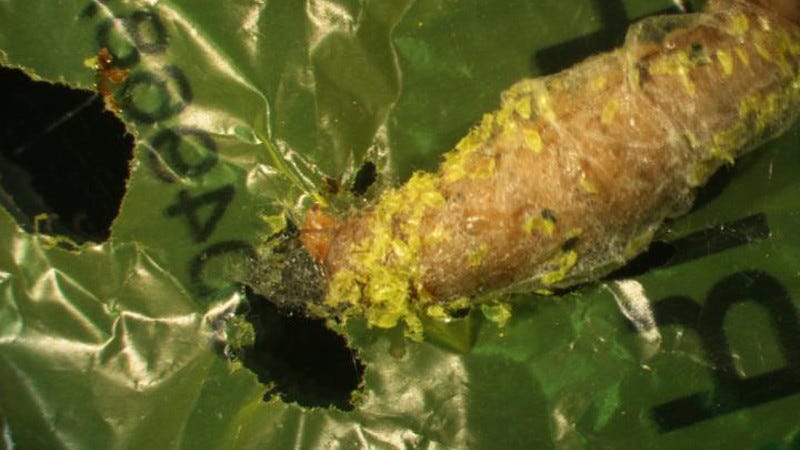
Washington


Chicago

Chicago

Toronto


One of my favorite Toronto groups....The Raging Grannies

Boston

Los Angles
The announcement, made late Friday evening, left empty what was previously the “official government site” providing “comprehensive information on the issue of climate change and global warming”.
The change came a day before thousands gathered in Washington DC and other U.S. cities to protest inaction on climate change, and hours before the symbolic 100-day mark of the Trump administration. In fact demonstrations took place in many countries to protest Mr Trump's attitude.
At the marquee climate protest, the Peoples Climate March in Washington, tens of thousands made their way down Pennsylvania Avenue in sweltering heat on their way to encircle the White House. Temperatures neared 90 degrees Saturday, well above the average high of 71 degrees for April 29, according to Weather.com. It seems global warming was sending it's own message to Mr Trump.
Organizers said about 300 sister marches or rallies were being held around the country, including in Seattle, Boston, Denver and San Francisco. In Chicago, marchers headed from the city’s federal plaza to Trump Tower.
Some of the marches drew celebrity attendees, including former Vice President Al Gore and actor Leonardo DiCaprio in the capital and senator and former candidate for the Democratic presidential nomination Bernie Sanders at an event in Montpelier, Vermont.
“Honored to join Indigenous leaders and native peoples as they fight for climate justice,” DiCaprio tweeted.
Any marchers who used their phones to look at the EPA climate change website would have been greeted with a message from the new administration: “ This page is being updated.”
“As EPA renews its commitment to human health and clean air, land and water, our website needs to reflect the views of the leadership of the agency,” said JP Freire, an associate administrator for public affairs.
Previously, the website housed data on greenhouse gas emissions from large polluters and reports on the effects of climate change and its impact on human health.
“We want to eliminate confusion,” Freire said, “by removing outdated language first and making room to discuss how we’re protecting the environment and human health by partnering with states and working within the law.”
Information from previous administrations is archived as a link from the EPA’s website.
The EPA is currently led by Scott Pruitt, a former Oklahoma attorney general who has denied that carbon dioxide causes global warming.
The Trump administration has called for budget cuts of nearly one-third at the EPA and has sought to weaken protections for human health. For instance, the White House has proposed cutting funding and regulations regarding lead poisoning prevention and is considering rewriting regulations concerning smog.
It has already rolled back a law that prevented coal mining companies from dumping waste in streams.
An article written by Senator Sanders of Vermont made an economic case for a focus on industries meant to ameliorate the effects of climate change, rather than those which contribute to it.
The senator wrote: “No matter what agenda President Trump and his administration of climate deniers push, it is clear that jobs in clean energy like wind and solar are growing much more rapidly than jobs in the coal, oil and gas sectors.”
The truth is that Mr Trump cannot halt progress on climate change, alternate fuels and energy sources. He cannot turn back the clock or obliterate scientific knowledge. If he thinks he can blindside the American people he is very much mistaken; there are too many intelligent and informed citizens our there.
The truth is that Mr Trump cannot halt progress on climate change, alternate fuels and energy sources. He cannot turn back the clock or obliterate scientific knowledge. If he thinks he can blindside the American people he is very much mistaken; there are too many intelligent and informed citizens our there.













